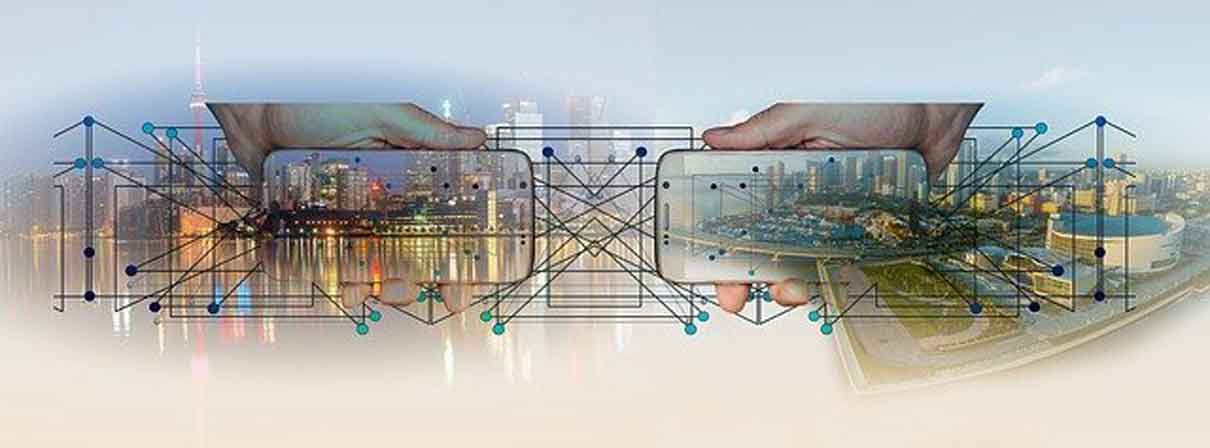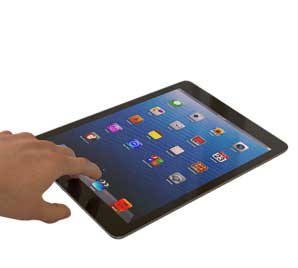New Trends in Future Construction Technology
Future Construction Technology
How Tech is becoming the future of construction – new trends in future construction technology. Most construction industry professionals agree that increasing technology adoption is essential for a bright future. However, many people are still hesitant to give their money or time, while others seldom invest, expecting to see results by adopting technology for its own sake.

The only way through which we can enhance the outcomes of the construction projects is by understanding the most essential of the now available individual devices and apps and how those technologies are already effectively functioning together and ultimately leading to emergent processes.
While technology can help in the planning and building process, we must implement it as part of a larger strategic plan. Many of today’s most popular devices, software, and technologies are available on Boom & Bucket and have proven themselves on large-scale infrastructure projects and buildings.
Here are a few technological advancements that are now changing the game and are becoming the future of construction.
5G Technology
A robust, stable backbone for connectivity is essential. As new construction technology develops to support increasing speeds and more extensive data transfers. 5G is a fifth-generation wireless technology that offers reduced congestion, faster speeds, and better traffic management. In addition, Wi-Fi 6, the most recent Wi-Fi standard, is expanding on its predecessors.
With the advancements in cellular technology, mobile phone service is proving to be a suitable alternative to fixed lines. As a result, we see more and more construction sites adopt this approach. Enjoying the benefits of greater flexibility and faster installation times while maintaining the required level of service.
Users will exchange big-scale drawings, interact effectively, and run resource-intensive applications without sacrificing performance or speed thanks to 5G technology. Not to mention, it will provide a reliable communication network for the adoption of new and innovative technologies.
VR and AR
Virtual reality (VR) and augmented reality (AR) are widely acknowledged as game-changers in the construction business. However, they are unquestionably no longer associated with the gaming sector and can be used in the construction sector.
Benefits of using VR and AR in the construction industry
- This technology enables the user to do virtual tours of building models. To see how the completed physical project will look like and how the design will function almost first-hand.
- It Improves cooperation. Teams can collaborate on a project regardless of where they are physically located.
- You can also get real-time design feedback through this innovation. AR/VR technology offers automatic measurements, fast and accurate simulation of structural or alterations. It designs enhancements by seeing 3D projects and their surroundings.
- It also provides a risk assessment of the project. Clash detections and hazard simulations can augment risk assessments, being a rigorous and sensitive job, become a normal thing encapsulated by these innovative technologies.
- The potential of virtual reality (VR) and augmented reality (AR) technology for safety training and improvements and support for supervisors, tenants, managers, and inspectors, who don’t have to be physically available to take a walkthrough of the site, is invaluable.
3D printing
3D printing is increasingly becoming a vital construction technology option, particularly considering its impact on material sourcing changes. This technique pushes the barriers beyond the designer’s table by producing a three-dimensional product from a computer-aided proposed design layer by layer.
3D printing allows for off-site prefabrication and on-site fabrication. It is now possible to print crucial prefabrication materials and have them prepared to use right away compared to previous construction processes.
3D laser scanning
The 3D laser scanning technology has progressed significantly since its first application in the construction and maintenance of industrial buildings. It is now used for infrastructure development and much more. 3D Laser scanning services are precise, allowing construction crews to take planning and detail to new heights on the job site.
Conclusion
Many construction companies are now starting to embrace technology. Companies that develop and use construction technology benefit from under-budget project completion, enhanced productivity, improved teamwork, and on-time project completion, resulting in more significant profit margins. So, if you have not adopted the technology yet, now is the time to think about the future.






